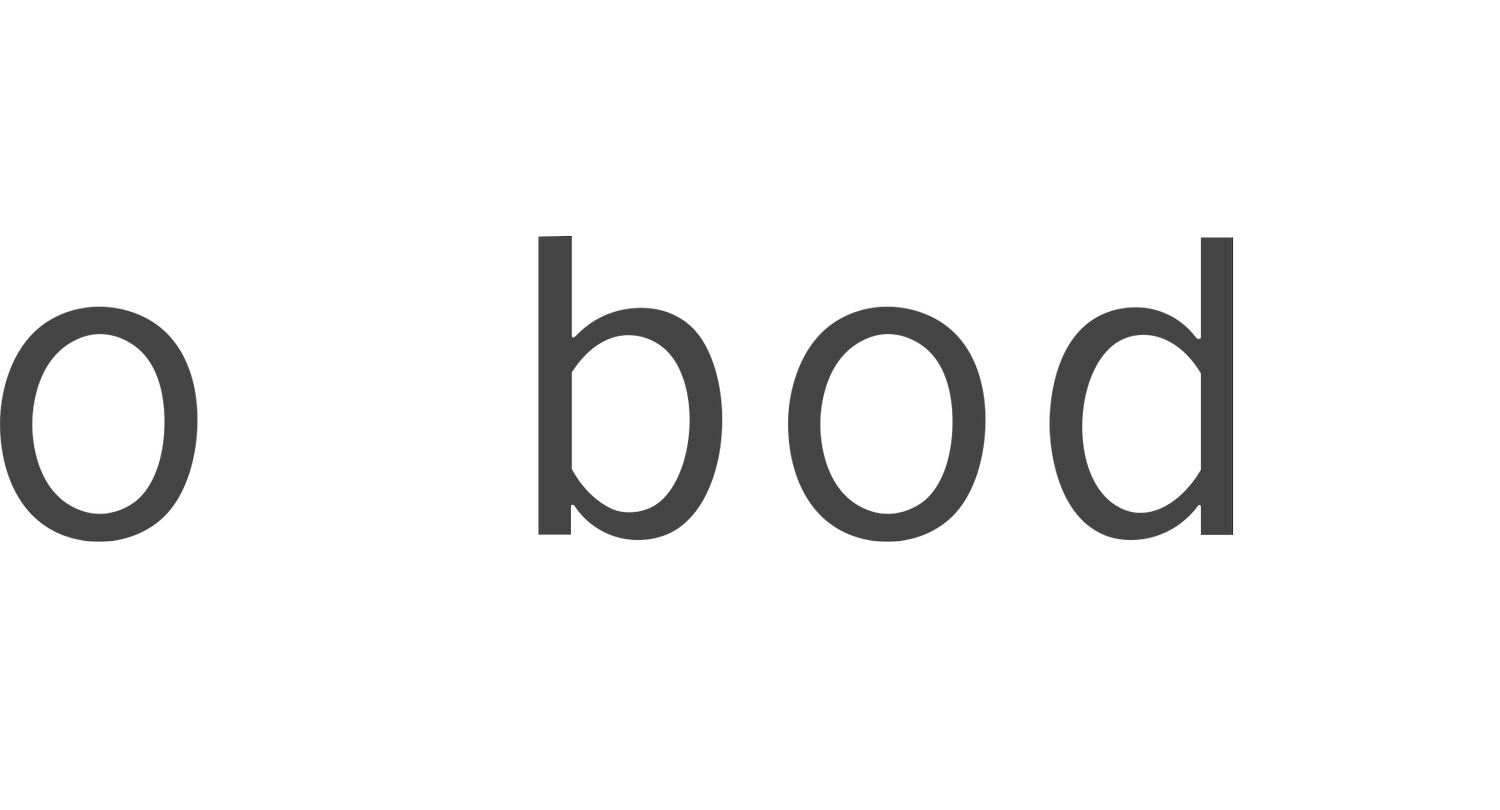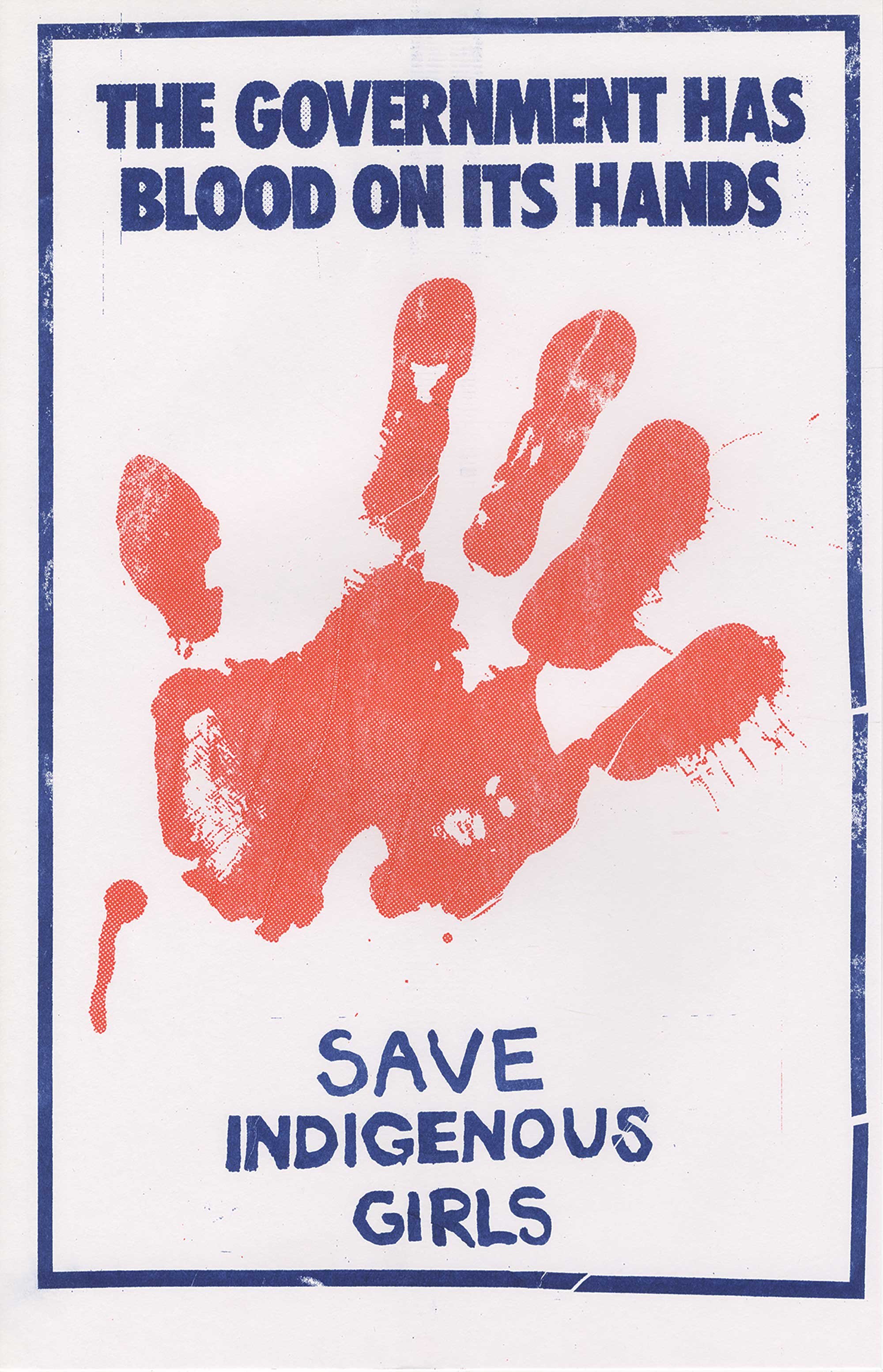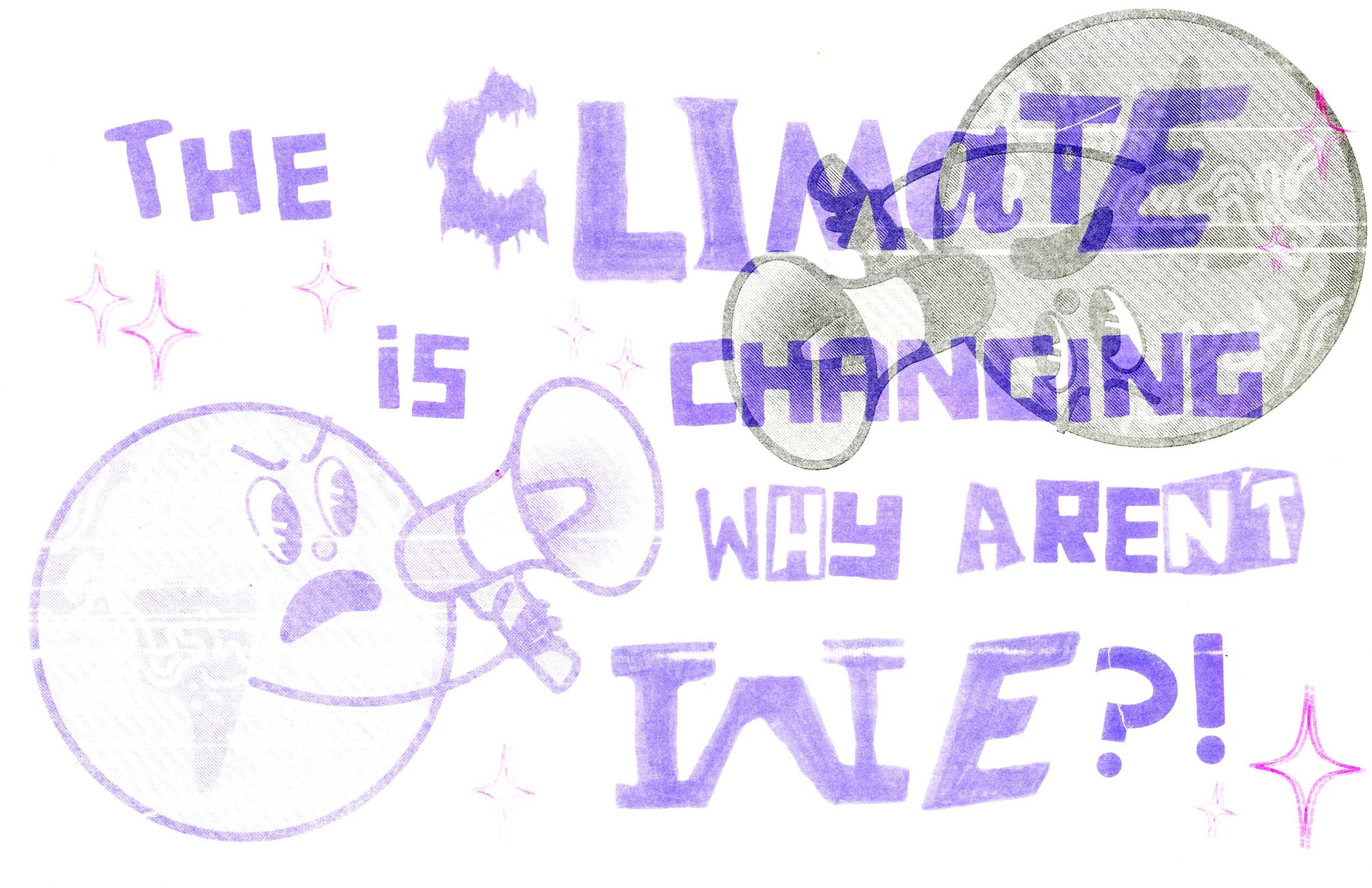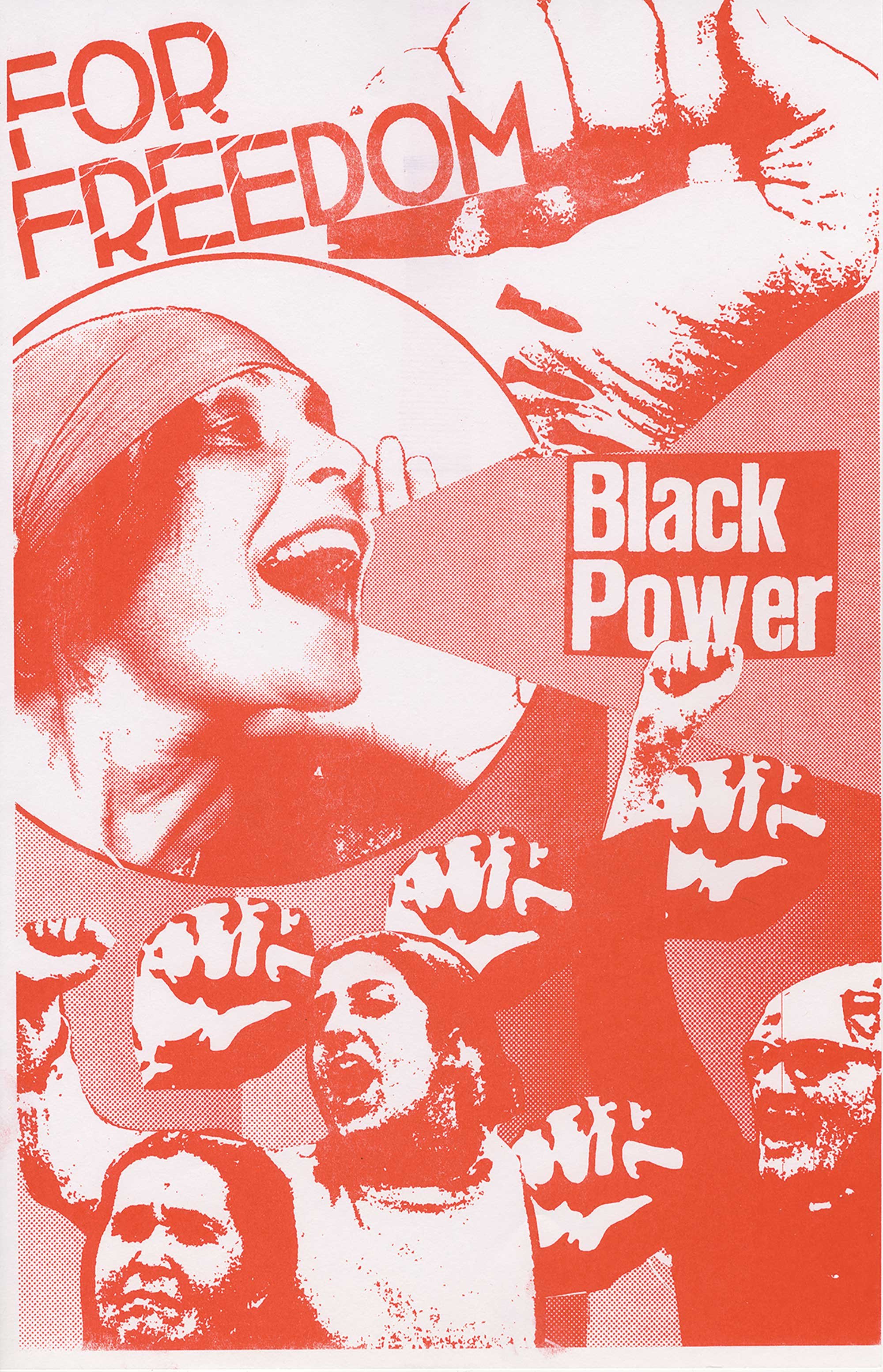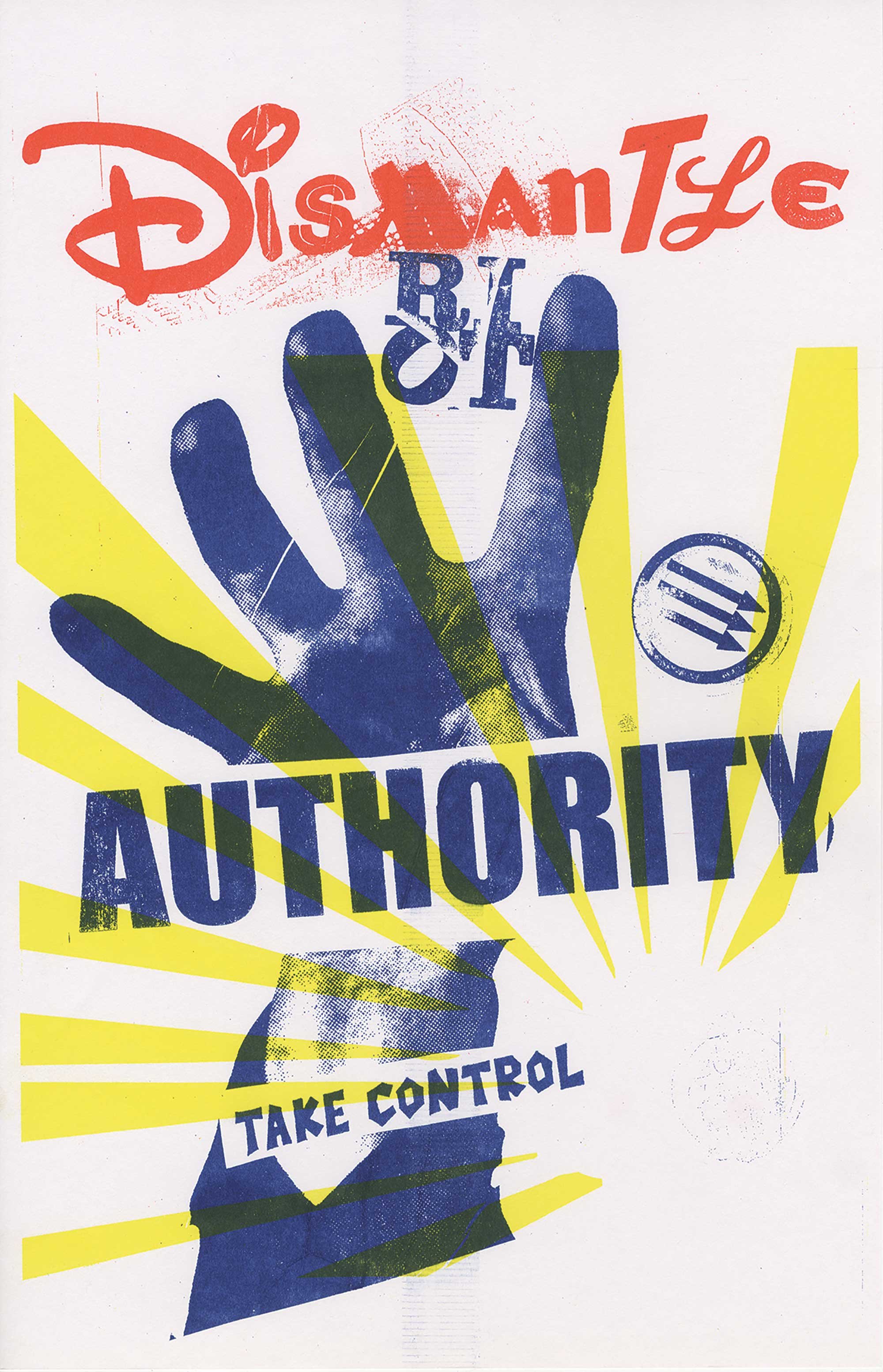A Lexicon of International Political Graphics | Josh MacPhee
June 1, 2022
visitor-made posters, A Lexicon of International Political Graphics, 2022
A Lexicon of International Political Graphics is an archive of sorts, a collection of visual iconography largely distilled from political prints and social movement agitprop created over the past 250 years. It consists of 105 11”x17” vinyl panels. Each is printed with a graphic on one side, and a short, illustrated history of the image and its usage on the other. Together, these panels make up a very subjective design history of movements organized around various aspects of human liberation.
The panels are hung on the wall in a giant grid, with gallery attendees encouraged to take them down, rearrange them, and read the information on the backs. These graphics are just a small part of an immense library of imagery that has been created, evolved, repurposed, and redeployed by people organizing to transform their lives, and the lives of their families and communities. Some of these images were created by names you might recognize: Pablo Picasso, Käthe Kollwitz, Joan Miró. But most were made by people you don’t, many working in political movements where art (and design) is seen as just one small part of what is needed to change society. Whether Cuban designer or AIDS activist, Angolan trade unionist or collective of women from a feminist consciousness-raising group, the makers of this iconography are part of a lineage, a history of taking up imagery to use in a struggle, evolving and modifying it to suit new needs, and putting it back out into the world. It is this use that gives these visuals both value and power.
installation views, Gillespie Gallery of Art, George Mason University, A Lexicon of International Political Graphics, 2021–22 | photos: Jeffrey Kenney
This is a tradition not of unique artistic vision, not of fetishizing the new, but fundamentally one of copying, iteration, and evolution. The power of visual resonances across time and space serve the goals of solidarity, justice and social change far more than commodified authorship, ownership, and individualist dreams. This project, or lexicon, not only collects this iterative graphic history, but also invites all to participate in it. It is not a language of exclusion, but one that thrives on inclusion—it depends on new viewpoints and experiences to build new meanings.
To that end, when A Lexicon is installed, it is always accompanied by a risograph printer. This helps transform the art space from one of consumption to one of production. The gallery becomes a printshop, an atelier. Everyone is invited—in fact, highly encouraged—to take panels off the wall and make copies of them. Cut these copies up into pieces, reassemble them, and print them again. Change slogans, add or subtract words, make new meanings, make posters that address issues important to the communities we are a part of: Climate justice? Sexual assault on campus? The cost of housing? The vulnerability of queer and trans youth? Mass incarceration?
The risograph is an office technology designed for mass production, not a machine for the production of fine art. It is set up to make lots of copies—not one, or five, but 100 or 500! It is perfect for the production and distribution of agitprop. Included here are eighteen of the posters visitors to A Lexicon of International Political Graphics have created in 2021 and 2022 at three different sites: the Clifford Gallery at Colgate University in Hamilton, New York, the Gillespie Gallery of Art at George Mason University in Fairfax, Virginia, and the Reinberger Gallery at the Cleveland Institute of Art.
—Josh MacPhee
Josh MacPhee is a designer, artist, and archivist. He is a founding member of the Justseeds Artists’ Cooperative, the author of An Encyclopedia of Political Record Labels (Common Notions, 2019), and co-editor of Signal: A Journal of International Political Graphics and Culture. He co-founded and helps run Interference Archive, a public collection of cultural materials produced by social movements.
If you made one of the posters featured here and wish to self-identify, please write to us at obodmag@gmail.com.
